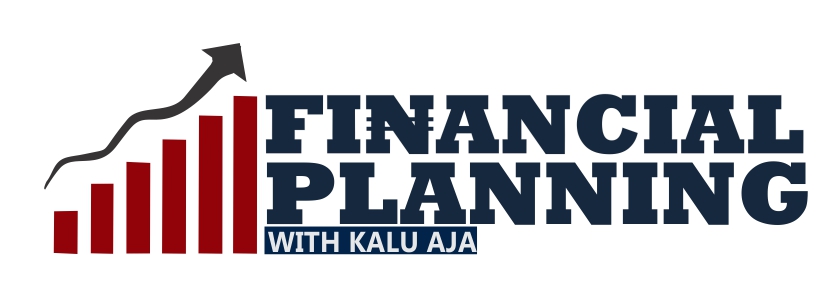Lesson 7 we talked about target investment plans, with particular reference to retirement plans. This week lets again speak on target saving plans, specifically an education plan.
Again there is a step by step process for Education plan savings, Let’s assume The James family have a daughter named Hawa aged 5, Hawa will go to University when she is 18,
To save for a child’s education, the steps are
1. Determine the investment horizon
2. Determine the current cost of education
3. Calculate a rate of growth in the cost of education over estimated investment horizon
4. Agree plan to meet target amount
1. Determine the investment horizon
Hawa is aged 5 and will pay her tuition to university when she is 18 years. Thus we have an investment horizon of 13 years (18 yrs. minus 5 years). Thus the investment plan will terminate in 13 years.
2. Determine the current cost of education
This is simple enough. Select target school, determine their cost of tuition, lodging etc. The James want their daughter to attend the University of Nigeria Nsukka. Advised costs as at today are N100,000 a year for accommodation, and N200,000 for tuition plus N50,000 for books. Thus every year N350,000. Assuming She wants to be an Engineer, that’s 5 years in school thus total cost is N1,750,000.00 (please note cost are for illustrative purposes.)
3. Calculate rate of growth on the current cost of education
Next is to project how much that current cost figure will grow over the next 13 years due to inflation. Now we cannot be certain the direction of inflation rates in ten years. Thus we project a series of estimated price hikes due to inflation.
Thus in Table 1 we have assumed the cost today will rise by a series of values eg if we assume the school fees will grow by 2% every year, the total sum due in 13 years will be N2.2m.
This N2.2m becomes out target amount. So assuming we agree the rate of school fees will go up by 2% every year for 13 years, we need to have N2.2m in our education account in 13 years.
4. Agree plan to meet Target amount
If we divide N2.2m for 13 years, we get N169,230 per year or N14,102 every month. This is what goes into our budget, in the Non-Discretionary part of the budget. The key point is that we are funding an amount that has been inflation adjusted. The contributions should be invested in an instrument that is safe but beats inflation. The first objective here is safety. Even if we buy equity, we must wind down those equity positions as the fund nears the 13 years period.
Open a dedicated account for this. Be consistent, set up a standing order debit arrangement where your debits are swept into a dedicated account
It’s very important that every year you review your plan, ask the school the current school fees and adjust your plan so that your contributions are well ahead of inflation. Its also important that before you commerce your plan you speak to your financial adviser or banker and get the best advise
Financial Jargon what is the TSA
TSA means Treasury Single Account, its an account that collects all of the government’s accounts under one “manager”. The point of TSA is that the government can determine how much is has cumulatively in all its accounts and thus can manages its cashflow.
The TSA improves transparency and increase efficiency in the management of public funds, your funds.
Question Retirement v Child education
If you had only N10,000 and two choices either child’s education or retirement contribution, which should you choose? Pick the Retirement…why?
Your retirement fund is perhaps your most important investment fund.
During retirement, the income earned is mostly passive income, so take every opportunity to make sure you contribute to a retirement plan and allow your contributions compound…
Next week we will talk about investing, specifically Stock and Bonds. Best ways to invest taking into account the risk
